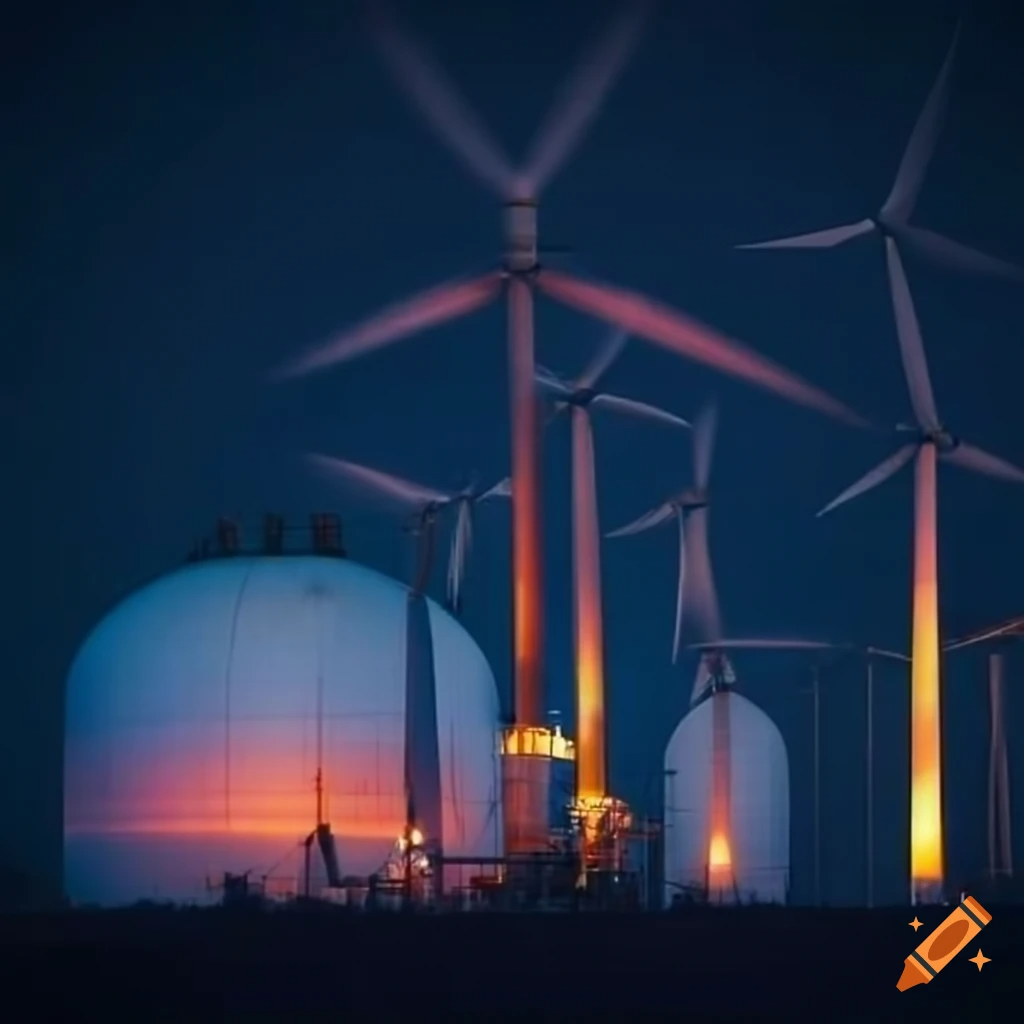So, a couple of people have responded to my last post and prompted me to take a deeper look at the ‘when’ approach – i.e. using curtailed renewable electricity to make hydrogen. The main source I’ve taken a look at is the latest version of National Grid’s ‘Future Energy Scenarios’ report. They model the whole energy system of the UK, across all sectors, and offer four different scenarios out to 2050, three of which assume we hit net zero (plus one ‘business as usual’ comparator).
The number one consideration in thinking about the role of hydrogen is what we’re going to do about heating. Overall our energy demand for heating is about several times larger than what we use for surface transport (road plus rail). Historically, in the winter peak the gas grid has delivered up to seven times the amount of energy per day that the electricity grid delivered – most of which was going to gas boilers.
On the face of it, winter heating demand suggests that to switch to mostly renewables would require an awful lot of spare capacity in the summer in order to meet the peak in the winter. The suggestion is that using spare summer capacity to make hydrogen as a balancing mechanism is cheaper than battery storage (which isn’t viable over a timescale of months anyway).
As it turns out though, there are a number of other factors that will work to lower the winter/summer capacity imbalance. Specifically:
- Improving building insulation and thus reducing heat demand is a key part of any serious strategy
- Heat pumps are considerably more efficient than gas boilers, which will also lower the winter energy peak in the future
- The wind blows more in the winter than in the summer
- As the climate warms, we’ll want to use more air conditioning in the summer (which we’ll have if we install heat pumps, because they can also deliver AC)
Despite these factors, there will still be a capacity imbalance on a longer timescale than can be addressed by demand response like smart charging of EVs overnight.
Interestingly, only one of the three main scenarios suggests much hydrogen going into surface transport. That’s the ‘system transformation’ scenario, which models a future in which government makes big investments in things like making ‘blue’ hydrogen (i.e. steam reforming natural gas with carbon capture and storage), alongside nuclear etc. In this scenario, consumers resist changes like heat pumps, so the energy system is transformed upstream and hydrogen plays a big role.
In the other two scenarios, hydrogen is mainly made by electrolysis, and most of it goes to industry, aviation and shipping. Relatively little is stored to turn back into electricity, presumably because storing hydrogen is quite hard (salt caverns are the main proposal) so it makes more sense to turn it into industrial products (fertiliser) or fuels (methanol, ammonia) and store those instead. In these scenarios almost no hydrogen goes to fuel cell road vehicles or trains.
So, what do I conclude? Well, I still think hydrogen will have a significant role to play. But, unless we have more of a ‘command and control’ approach to the energy system than recent governments have had an appetite for, it looks like the energy models agree that the hydrogen we do produce as part of balancing the grid will still go to uses where there are no other alternatives, rather than widespread use of fuel cell vehicles. Its use in road transport will remain expensive compared to batteries and therefore confined to a few use cases.
Of course I could be wrong… Next, the ‘where’ approach – could cheap hydrogen imports make its use more widespread?
References:
https://www.nationalgrideso.com/future-energy/future-energy-scenarios

